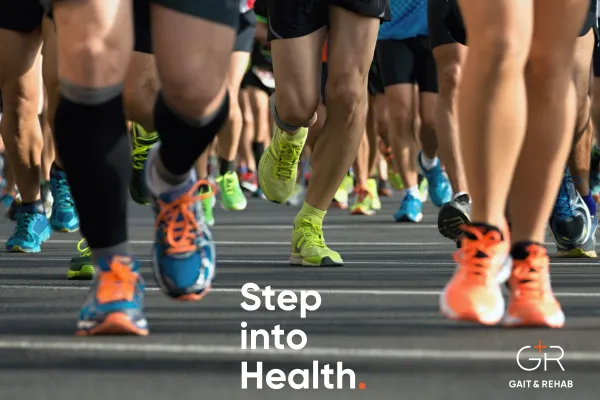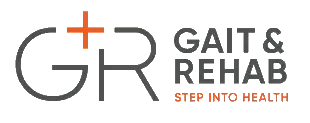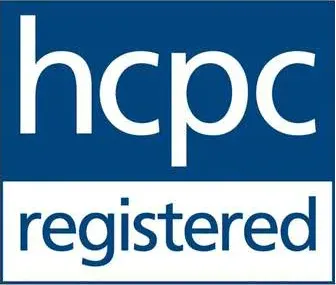FOOTNOTES BLOG

A Marathon Runner's Guide to Foot Health: Expert Podiatry Tips for London Marathon 2025
A Marathon Runner's Guide to Foot Health
With the London Marathon just around the corner, runners from across the UK and beyond are ramping up their mileage, fine-tuning their nutrition, and planning every step of race day. But there’s one vital area that often gets overlooked – and it just so happens to be the one that literally carries you through all 26.2 miles: your feet.
As a podiatrist with a special interest in musculoskeletal (MSK) injuries – and having worked track-side at the London Marathon supporting runners with foot and lower limb issues, I’ve seen firsthand how easily things can unravel when niggles are ignored. Marathon training is a brilliant journey, but the load it places on the lower limbs can expose underlying biomechanical issues and trigger overuse injuries if you're not careful.
So, whether you're gearing up for the London Marathon or just clocking miles for fun, this blog will cover everything you need to know to protect your feet, boost your performance, and enjoy the run.
The Importance of Gait in Marathon Running
Your gait – how your body moves through each step – is the foundation of efficient and pain-free running. Even minor biomechanical inefficiencies can cause muscle imbalances and lead to pain or injury. Common gait-related issues we see in runners include:
Asymmetrical stride or pelvic drop – leading to hip, knee, or lower back discomfort
Forefoot overload – common in runners with high-arched feet or a history of neuromas
At Gait and Rehab, we use advanced pressure plate analysis and 2D/3D gait assessment to measure your biomechanics and identify stress points. This data allows us to tailor interventions to correct dysfunctional movement patterns before they become painful.
Common Foot & Lower Limb Injuries in Marathon Training
Marathon training isn’t just about endurance – it’s about resilience. Your feet, legs, and hips take thousands of impacts per session. And while some soreness is expected, here are some of the most common issues that bring runners into clinic:
1. Plantar Fasciitis
A sharp or aching pain under the heel, especially first thing in the morning. Often linked to tight calves, poor foot mechanics, or training errors.
2. Neuromas
A burning or stabbing sensation in the ball of the foot, sometimes described as “walking on a pebble.” Often worsened by narrow footwear or excessive forefoot loading.
3. Achilles Tendinopathy
Thickening, stiffness, or pain in the Achilles tendon, particularly after a run or first thing in the morning.
4. Shin Splints (Medial Tibial Stress Syndrome)
Pain along the inside edge of the shin, often triggered by rapid increases in training volume or poor shock absorption.
5. Black Toenails & Nail Trauma
Caused by repetitive impact and friction from tight or ill-fitting shoes.
These aren’t just minor annoyances – left unmanaged, they can derail your marathon completely. The key is recognising them early and getting the right support.
Top Podiatry Tips for Marathon Runners:
Let’s get your feet race-ready! Here are my go-to tips to keep you moving comfortably through training and across the finish line:
Footwear is everything – Your running shoes should match your foot type and mileage. Replace them every 300–500 miles and avoid experimenting with new shoes in the final month before race day.
Rotate your shoes – Alternate between two pairs to reduce repetitive loading patterns on the same structures.
Socks matter too – Choose technical, moisture-wicking socks with minimal seams. Ditch the cotton.
Check your toenails – Trim straight across to prevent bruising or ingrown nails, and avoid cutting them too short.
Strengthen your foundation – Include foot and ankle stability work in your training plan (e.g., single leg balance, toe curls, calf raises).
Stretch smart – Focus on calves, hamstrings, and plantar fascia. Foam rolling can also be a game-changer.
Don’t ignore the niggles – If something feels off, even slightly, get it assessed. A short appointment now could save you weeks of rehab later.
What If You’re Not Running the London Marathon?
Even if you’re not running 26.2 miles, looking after your foot health is essential – especially if you're regularly active, work on your feet, or just want to avoid discomfort in day-to-day life. Many MSK problems start with unnoticed gait abnormalities or poor footwear choices.
Whether it’s routine podiatry care, a one-off check-up, or a full MSK biomechanical assessment, we can help you:
Identify underlying causes of pain
Improve walking or running efficiency
Prevent long-term joint and soft tissue issues
Choose the right footwear for your lifestyle
Why Gait and Rehab?
We’re not your average Podiatry clinic. At Gait and Rehab, we combine years of hands-on clinical experience with state-of-the-art diagnostic tools to give you the most thorough, personalised care possible.
Having supported runners directly at the London Marathon, I understand the pressures and excitement of preparing for a big race – and the frustration of having your training derailed by injury. Our approach is evidence-based, prevention-focused, and tailored entirely to you.
So whether you're a runner, walker, or somewhere in between, we’ll help keep you on your feet and moving well.
Ready to Put Your Best Foot Forward?
Don’t wait for pain to slow you down. Book in for a Biomechanical MSK Assessment or Routine Podiatry Appointment today and make your foot health a priority – for the marathon and beyond.
HELLO!
Welcome to our blog.
Here you will find all the news and updates about Gait & Rehab Clinic, together with useful information about the conditions we treat and the services we provide.
Step Into the Festive Season with Gait and Rehab
31/12/2024
Welcome to Gait and Rehab: Step Into Health
31/12/2024




